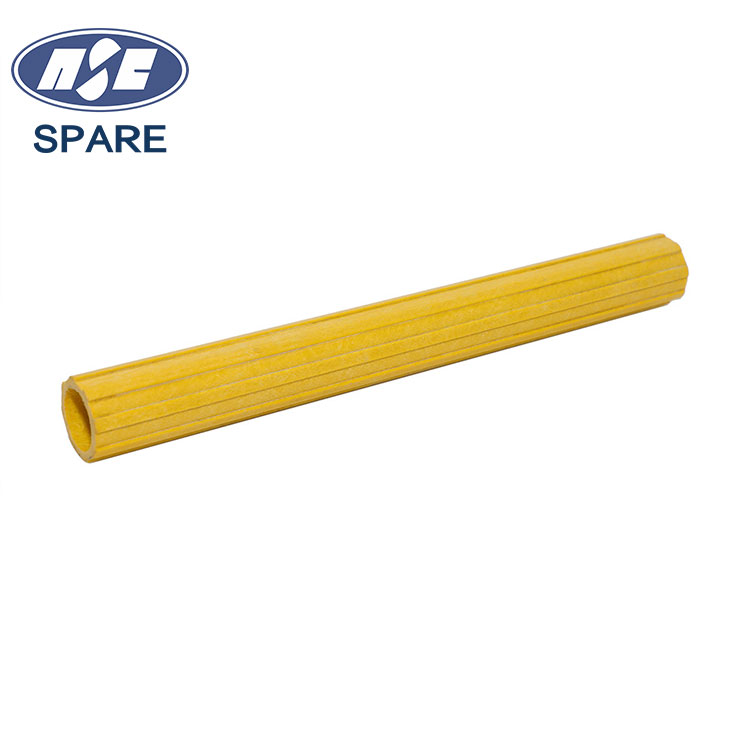Material Properties: Comparing FRP Toothed Tube with Traditional Metal Toothed Tubes
2024-05-30
In the realm of industrial tubing, FRP (Fiber Reinforced Polymer) Toothed Tube has emerged as a promising alternative to traditional metal toothed tubes. The key difference lies in the material properties that set FRP apart, providing unique advantages in various applications. Let's delve deeper into how FRP Toothed Tube differs from metal toothed tubes in terms of its material properties.
Lightweight Yet Strong
One of the most significant differences between FRP Toothed Tube and metal tubes is its weight. FRP is a composite material that combines fiberglass fibers with a polymer resin, resulting in a lightweight yet sturdy structure. This lightweight nature allows for easier handling, installation, and transportation, reducing overall costs and labor requirements. In contrast, metal tubes tend to be heavier, requiring more effort and resources for installation and maintenance.
Corrosion Resistance
FRP Toothed Tube exhibits excellent corrosion resistance, making it suitable for applications in harsh environments. The polymer resin acts as a barrier, protecting the fiberglass fibers from chemical attack and corrosion. This allows FRP tubes to be used in applications involving chemicals, acids, and other corrosive substances without fear of degradation or failure. Metal tubes, on the other hand, are more susceptible to corrosion, requiring regular maintenance and replacement in corrosive environments.
Non-Conductive
Another key difference is that FRP Toothed Tube is non-conductive, making it a safe choice for applications involving electricity or magnetic fields. Its polymer matrix does not conduct electricity, reducing the risk of electrocution or short circuits. In contrast, metal tubes are conductive, posing a potential hazard in electrical applications.
Thermal Properties
FRP Toothed Tube also differs from metal tubes in terms of its thermal properties. FRP has a lower thermal conductivity compared to metals, meaning it is less likely to transfer heat. This makes FRP tubes suitable for applications where temperature control is crucial, such as in chemical processing or food and beverage handling. Metal tubes, on the other hand, can quickly conduct heat, potentially causing issues such as overheating or damage to sensitive components.
Design Flexibility
Lastly, FRP Toothed Tube offers greater design flexibility compared to metal tubes. FRP is a composite material that can be molded into complex shapes and sizes, allowing for customized solutions to meet specific application requirements. Metal tubes, on the other hand, are limited in their design options due to their rigid nature.
In conclusion, FRP Toothed Tube differs significantly from traditional metal toothed tubes in terms of its material properties. Its lightweight yet strong construction, corrosion resistance, non-conductive nature, thermal properties, and design flexibility make it a versatile choice for various applications. As we continue to explore the potential of FRP and other composite materials, we can expect to see even more innovative uses of FRP Toothed Tube in the future.



